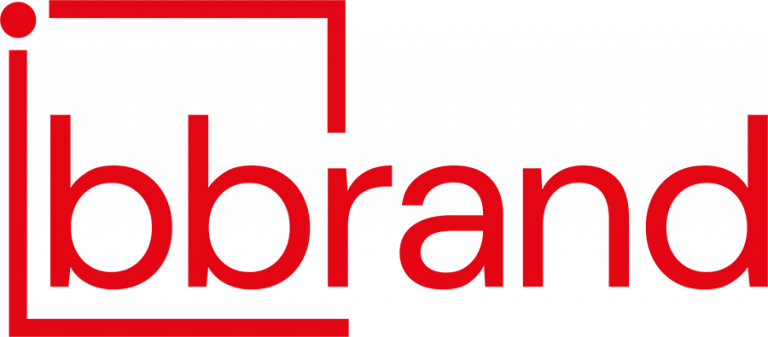B2B marketing is evolving profoundly. The multitude of communication channels, devices, applications and the change in many values and expectations make the Customer Journey so complex that it has become an opportunity capable of opening up new horizons not only for B2C but also and above all for B2B marketing. There are many trends that have marked the evolution of marketing in recent years, from Marketing Automation to Predictive Nurturing, right up to the very current Account-Based-Marketing (ABM) and the new horizons opened up by digital ethnography. Faced with the proliferation of these innovative and often divergent strands, it is natural to wonder in which direction B2B Marketing is heading and how it will facilitate the activities of Marketing Managers. We believe that the Chief Marketing Officers (CMOs) are the personas from which hitherto unexplored business possibilities may arise. In our opinion, the real beacon that should guide the new B2B marketing strategies and tactics is no longer so much the Customer Experience as the Customer Expectation of the market represented by both the Marketing Managers and the business decision-makers they address. In this field, a game is being played that is still little known, where the key to winning is personalisation pushed to the maximum degree. In essence, what makes the difference is knowing so well the variation in the needs of our interlocutors that we are able to satisfy them fully, almost individually and in real time. How do we do this? With a combined modus operandi. In our opinion, it is necessary to work on two fronts linked to each other: on the one hand, knowledge of the needs of the people and, on the other, knowledge of those of the Marketing Managers who, today more than ever, have direct responsibility for sales results. This is supported by an authoritative voice such as Forrester Research, which emphasises that Marketers, while putting the needs of customers first, have a duty to ensure company profitability.
Knowing your B2B customers
It is the user who is the centre of attention in the corporate world, it is around him that the right marketing strategy must be built, and to do this, it is first necessary to ‘map’ his customer journey. The main difficulty at this stage is to identify all the possible touchpoints through which to intercept them, but there are many, as there are many channels, devices and applications that the user uses to get information, communicate and make decisions. At the same time, it is necessary to take into account the reference funnel-type of the sector in which the company operates and determine which touchpoints of the funnel should be given more weight. According to Philip Kotler’s goldfish funnel, the key touchpoints in the B2B funnel are those related to generating attention and curiosity about the brand. New B2B buyers are looking for a lot of information before they buy, they need to ask questions and talk to customer service, get recommendations on which partner to choose. They want advanced search functionality, ratings and reviews, personalised products and recommendations. They expect factual content because, in a situation where both the customer and the company are very specialised, they need a high level of knowledge about the specifications and performance of the product/service.
Value segmentation for B2B marketing
In this scenario, knowledge becomes a key strategic resource and the ability of an organisation to learn by translating data and information into actions represents the frontier of competitive advantage. User expectations and needs vary significantly over time and from segment to segment so it becomes imperative to implement careful and continuous market observation. Thanks to digital technologies, today we are able to carry out very deep segmentation and, consequently, well-targeted marketing actions that can reach a high level of personalisation of the offer thanks to the use of Artificial Intelligence (AI) and Machine Learning.
Digital Ethnography Direction
It must be remembered, however, that the adoption of these technologies is not applicable for all companies. What makes the difference is the size of the company, its digital maturity and the number of current and potential customers. In this context, there are a number of innovative approaches that are based on a return to qualitative data analysis, observing languages, symbols, icons and people’s behaviour within micro-environments, thus re-evaluating value despite the volume of data. In this regard, bbrand is focusing its studies on digital ethnography or netnography to provide B2B marketers with new tools to get to the heart of their buyers, responding to if not anticipating their needs. Digital ethnography makes it possible to reconstruct the user’s decision-making profile by being able to interpret their view of the world, the way they act and the meaning of specific actions. It is as if it were possible to individualise the market. The digital space becomes the new context in which to observe the conversations of end customers that emerge spontaneously online in order to extract useful information to understand problems or unsatisfied markets. The aim is to highlight commercial insights, which are indispensable for the creation of companies’ business and marketing strategies. The methodologies of digital ethnography combine old and new methods: Content analysis, Social network analysis, Semiotic visual analysis & co-word analysis but also online interviews. The netnographic approach also goes one step further than social media monitoring: quantitative data, metadata and graphics are often not able to convey relevant information beyond the numbers, and relying on numbers without understanding what lies behind them can often be misleading. It’s by harnessing natural data that we believe we can bring about a real transformation in the way we observe and track B2B user behaviour. An evolution that will allow marketers to develop strategies that truly satisfy market demand because they are based on the human value of the data extrapolated through an approach based on digital ethnography.


